Culture of Panama, Panama, a small yet geographically strategic country in Central America, is a melting pot of cultures and traditions that have been shaped by its unique history and diverse population. This nation, often called the “Crossroads of the Americas,” is a fascinating blend of indigenous, Spanish, African, and Caribbean influences, reflecting a rich cultural tapestry that has been forged by centuries of trade, immigration, and interaction. In this exploration of Panama’s culture, we will delve into its historical roots, cultural diversity, music, cuisine, art, and the vibrant spirit that defines this dynamic nation.
Historical Roots:
Panama’s cultural heritage is deeply rooted in its history, which has been marked by a succession of civilizations and influences. Before the arrival of the Spanish conquistadors in the 16th century, the region was inhabited by various indigenous groups, including the Kuna, Emberá, and Ngäbe-Buglé. These indigenous cultures have left an indelible mark on Panama’s traditions and way of life.
Spanish colonization introduced Catholicism, the Spanish language, and European customs, significantly influencing the country’s cultural identity. Panama’s role as a vital trade hub, particularly during the construction of the Panama Canal, has made it a melting pot of diverse cultures, with influences from the Caribbean, Asia, and the Americas.
Cultural Diversity:
Panama’s cultural diversity is a reflection of its complex history and strategic location. The population is predominantly mestizo, with a mix of indigenous, European, African, and Caribbean ancestry. Indigenous communities continue to preserve their languages, traditions, and customs, and many Panamanians are multilingual, speaking Spanish, as well as indigenous languages like Kuna, Emberá, and Ngäbere.
The Afro-Panamanian community has a significant presence, especially in the province of Colón, where descendants of African slaves have retained their vibrant cultural traditions. In addition, Panama’s Afro-Caribbean communities, particularly in Bocas del Toro and the province of Colón, have brought their unique customs, music, and dance to the cultural landscape.
Music and Dance:
Music and dance are central to Panama’s culture, and the country is known for its diverse musical traditions. One of the most renowned genres is “cumbia,” a lively and rhythmic style that combines indigenous, African, and Spanish influences. The “tamborito,” a traditional Panamanian dance, is often accompanied by cumbia rhythms and is characterized by its vibrant footwork and colourful costumes.
The “plena” and “congo” dances are also significant elements of Afro-Panamanian culture, celebrated during festivals and gatherings. These dances often involve elaborate masks and costumes, reflecting the fusion of African and indigenous traditions.
Panama’s Afro-Caribbean communities have brought their own musical genres, including “calypso” and “reggae,” to the country. The sounds of steel drums, soca, and dancehall music can be heard at festivals and celebrations in Bocas del Toro and Colón.
Cuisine:
Panamanian cuisine reflects its history, geography, and agricultural practices. Seafood plays a prominent role in the country’s diet due to its extensive coastline along the Caribbean Sea and the Pacific Ocean. “Sancocho,” a hearty soup made with chicken or beef, yam, and corn, is a beloved national dish that showcases the country’s reliance on fresh ingredients.
“Arroz con guandú,” a flavorful combination of rice and pigeon peas often seasoned with annatto, is a staple of the Panamanian diet. “Patacones,” twice-fried green plantains, and “yuca al mojo,” cassava with garlic sauce, are common side dishes. The country’s tropical fruits, such as mango, pineapple, and guava, are enjoyed in various dishes, from ceviche to fruit salads and refreshing juices.
Art and Craftsmanship:
Panamanian art and craftsmanship reflect the country’s cultural diversity and creative spirit. Indigenous communities create intricate textiles, pottery, and crafts that often incorporate traditional designs and materials. “Molas,” a type of textile art, is created by the Kuna people and feature colourful geometric patterns and designs.
In the realm of contemporary art, Panamanian artists like Olga Sinclair and Alfredo Sinclair have gained recognition for their work that often explores themes of identity, nature, and the interplay of different cultural influences.
Festivals and Traditions:
Panama hosts a variety of festivals and traditions that celebrate its cultural heritage and religious beliefs. The “Día de la Bandera,” celebrated on November 4th, is marked by parades, live music, and dance performances that showcase the country’s vibrant cultural diversity. The festival is a reflection of Panama’s rich history and the various cultural elements that have contributed to its identity.
“Carnaval de Las Tablas” is one of the most famous carnivals in Panama, held in the town of Las Tablas during the four days leading up to Ash Wednesday. The festival features parades, music, dance, and vibrant costumes. Each year, two competing queens, the “Calle Arriba” and “Calle Abajo,” represent the two sides of the town, adding a competitive and colourful element to the celebrations.
Languages and Literature:
The official language of Panama is Spanish, and the country has a rich literary tradition. Authors like Rosa María Britton and Carlos Francisco Changmarín have made notable contributions to Panamanian and Latin American literature. Their works often explore themes of identity, cultural diversity, and the historical legacy of the country.
Natural Beauty and Outdoor Activities:
Panama’s natural beauty offers numerous opportunities for outdoor activities and adventure. The country is known for its lush rainforests, pristine beaches, and diverse ecosystems. Hiking, birdwatching, and wildlife observation are popular activities in national parks like Soberanía and Chiriquí.
The country’s coastline offers excellent conditions for water sports, including snorkelling, scuba diving, and surfing. The San Blas Islands, an archipelago in the Caribbean, provide a unique opportunity to explore coral reefs and enjoy crystal-clear waters.
Challenges and Opportunities:
Panama faces various challenges, including economic disparities, environmental conservation, and issues related to indigenous rights. However, the country’s cultural richness, unique traditions, and natural beauty provide opportunities for sustainable tourism, economic development, and cultural exchange. Initiatives that promote indigenous rights, education, and environmental conservation are essential for addressing these challenges.
In conclusion, Panamanian culture is a vibrant tapestry of heritage, identity, and resilience. The fusion of indigenous, African, Spanish, and Caribbean influences has created a society that values its mixed heritage and celebrates it through music, dance, cuisine, and visual arts. Panamanians are marked by their sense of diversity, their warm hospitality, and their appreciation for their cultural roots. Despite challenges, Panamanian culture remains a testament to the creativity and strength of its people, offering a captivating glimpse into a nation that continues to cherish its heritage and contribute to the cultural diversity of Central America and the world.



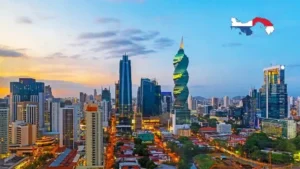
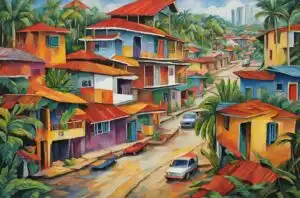
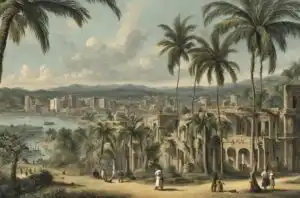
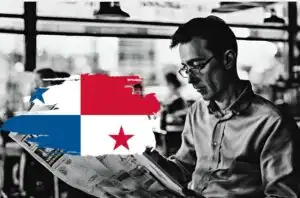

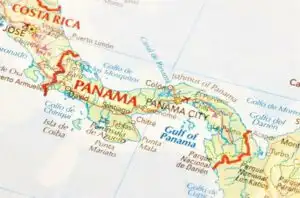

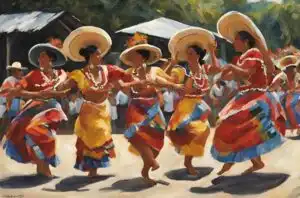

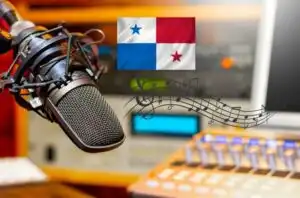
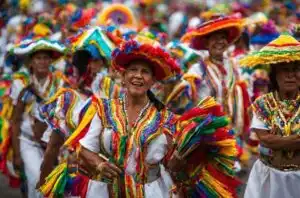

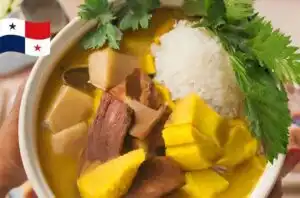
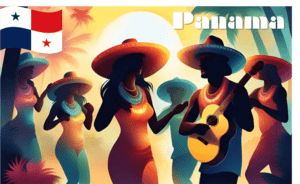

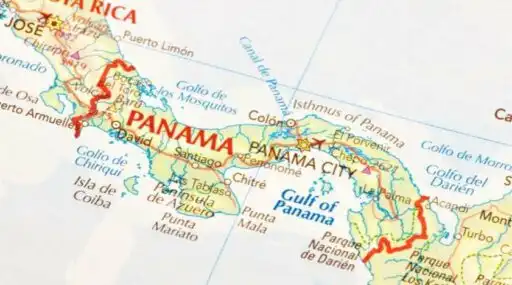
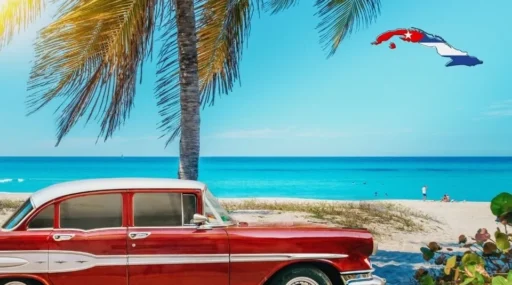


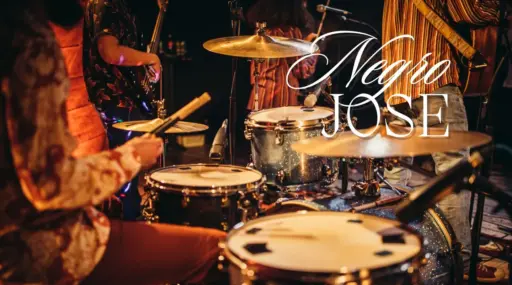
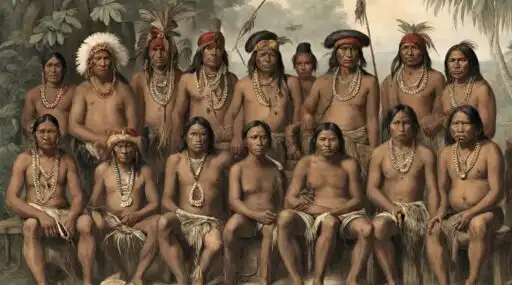
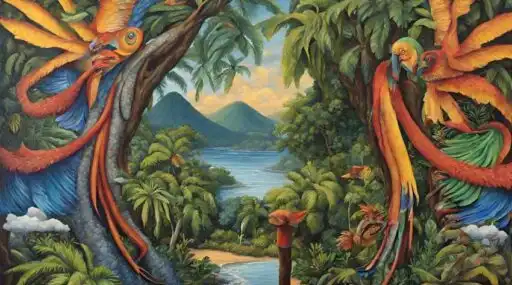

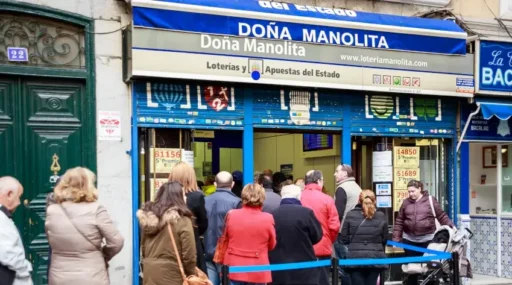
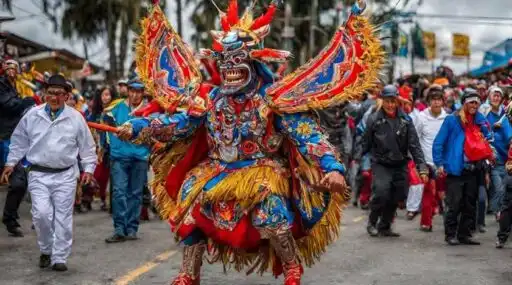
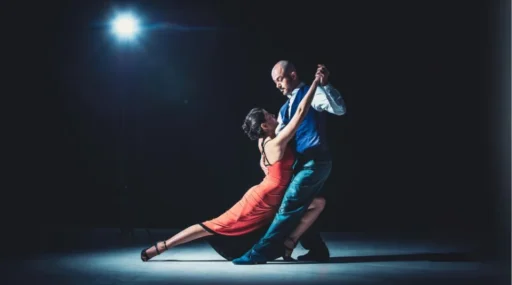
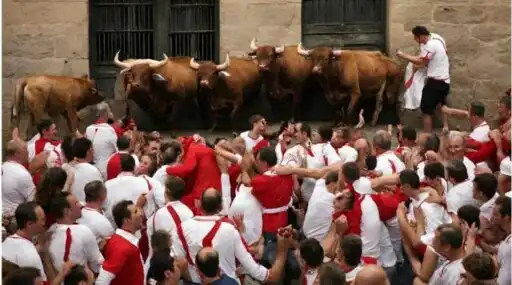


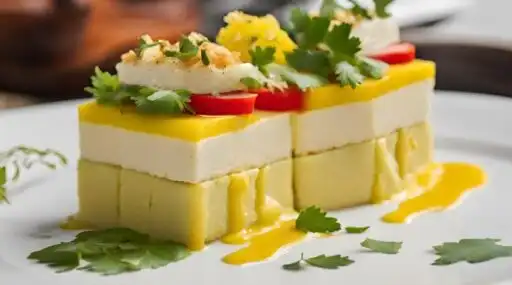
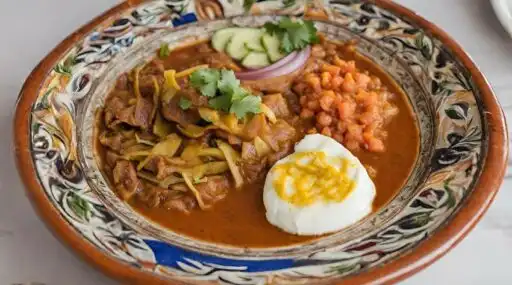
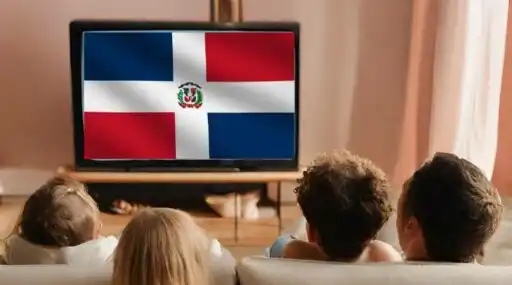
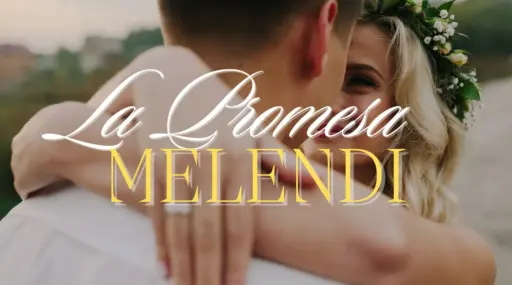



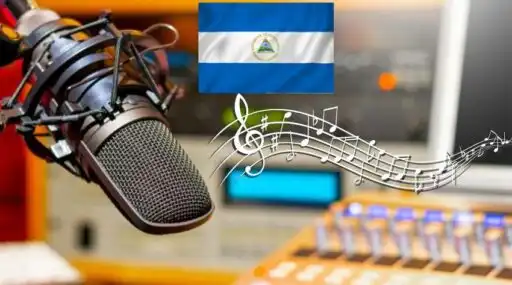


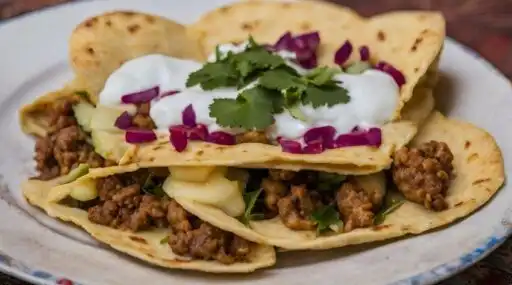
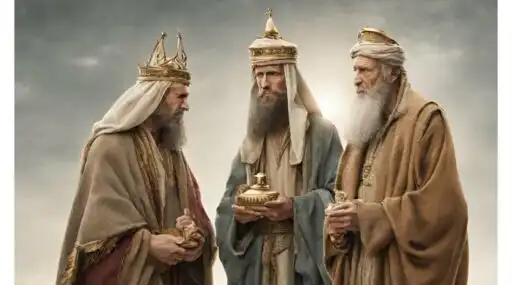
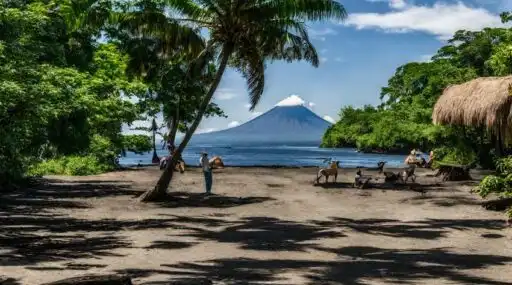


Leave a Reply